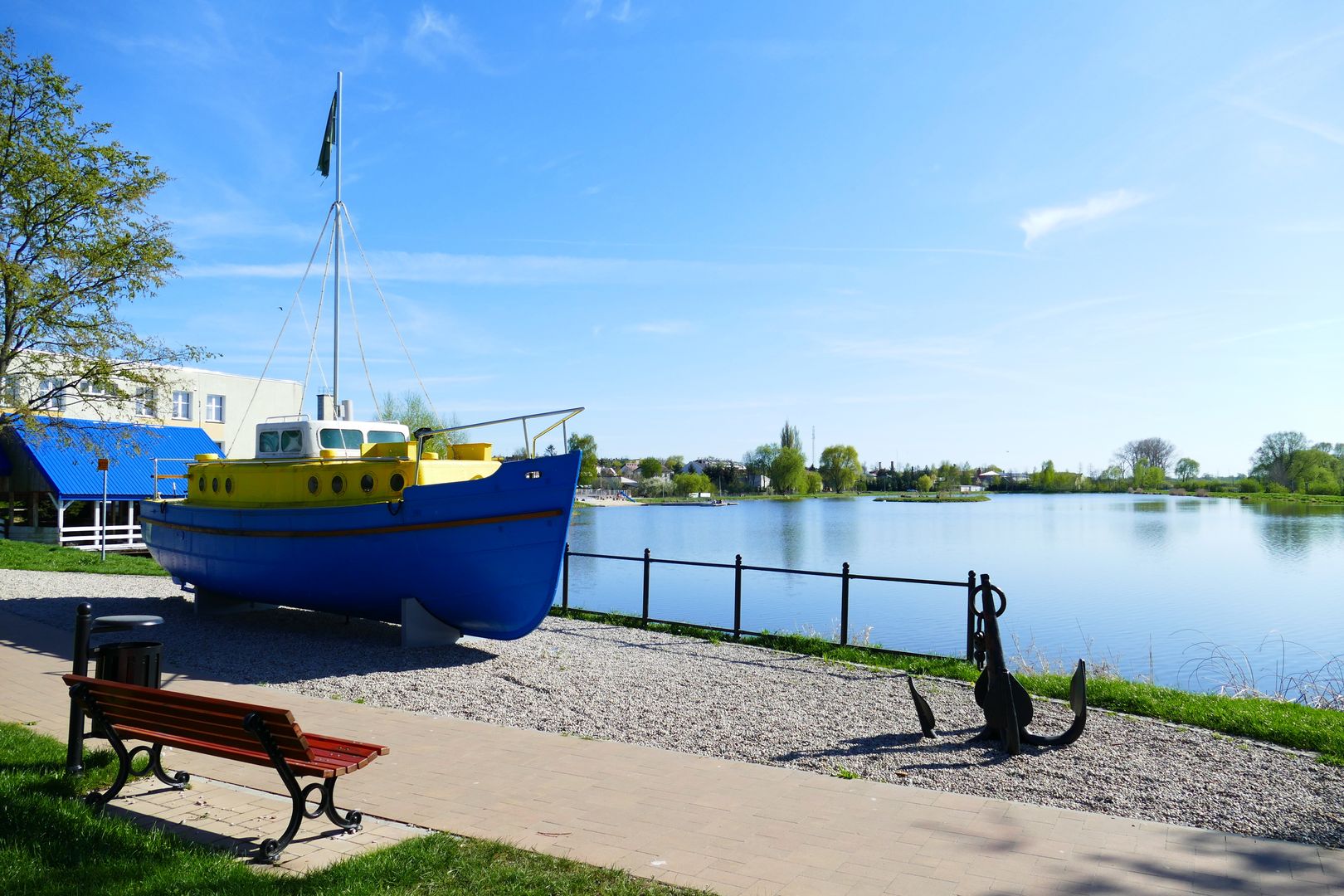Łosice
6.45

Overview
Łosice is a town in the Masovian Voivodeship, situated on the Toczna River in the Łosice County. Its history dates back to 1264, and the town received its municipal charter in 1505. The historical significance of Łosice is reflected in the fourteen confirmations of its town rights by Polish kings, as well as its role as a royal town in the 16th century. Łosice was an important regional center, and its history was marked by the influences of various cultures, including Masovian and Ruthenian. The town played a significant role in many historical events, such as the Swedish Deluge and national uprisings. In the 19th century, Łosice lost its town rights but regained them in 1915. During World War II, Łosice became a site of tragedy for the local Jewish community, whose members were murdered in an extermination camp. The town features many interesting monuments, including the Neo-Gothic Church of St. Zygmunt, built after the fire of 1878, which houses valuable 17th-century paintings. Another notable landmark is the Baroque roadside figure from 1775, as well as the former 19th-century seminary. Łosice also boasts intriguing monuments such as an obelisk commemorating the Podlasie Uniates and a statue of Józef Piłsudski. Culturally, the town offers various educational institutions, including primary schools and a state music school. Although Łosice lacks railway connections, it is well-connected by national roads, facilitating transportation. The local economy is based on agriculture, as well as small-scale industry represented by dairy plants and the steel industry. Despite local challenges, Łosice continues its tradition as an important center of social and cultural life.
Location
City
Łosice Deanery
Tertiary Administrative Division
Łosice
County
Łosice County
State
Masovian Voivodeship
Country
2025 Wizytor | All Rights Reserved